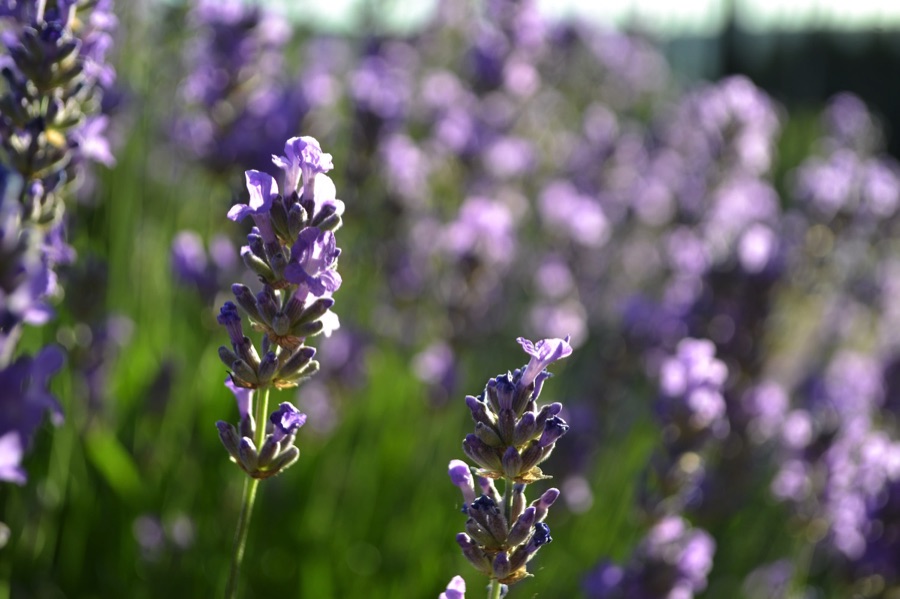
The herb garden
Herbs are easy to grow and wonderful in the kitchen. They also provide food and shelter for all sorts of insects. We suggest some herbs to try
Many people use herbs when cooking – and because herbs add extra flavour and interest to dishes, they are considered an essential ingredient by most chefs.
A large range of dried herbs is available from supermarkets – but using fresh herbs can elevate dishes to a new level. With their wonderful aromas, fresh herbs are lovely to use in the kitchen – they can be added to cooked dishes, eaten raw in salads, or used as a garnish.

Fresh herbs in plastic bags can be bought in many supermarkets – but there are several reasons why growing your own at home is a good idea.
Commercially grown herbs have often been treated with pesticides. These toxic chemicals have a devastating effect on wildlife – and are especially harmful to insects, including pollinators such as bees and butterflies. Pesticide residues in our food can also cause human health problems. So growing your own – without the use of pesticides – is a more eco-friendly and healthy option.
As supermarket herbs usually come in plastic bags, growing your own can reduce plastic waste. Planting herbs can also boost biodiversity in your garden, as lots of these plants have nectar-rich flowers that are a good source of food for insects.
You don't need masses of space to create your own mini herb garden – many do very well in pots on a patio, balcony or windowsill. They're cheap and easy to grow from seed – or, for more instant results, pick up a few plants from garden centres or nurseries. Or you buy herb collections or individual herbs from Fyne Herbs – these also make an excellent gift.
Here are a few herbs to try.
Basil
Basil is one of the most versatile herbs available, and has a strong, sweet flavour that complements tomatoes.
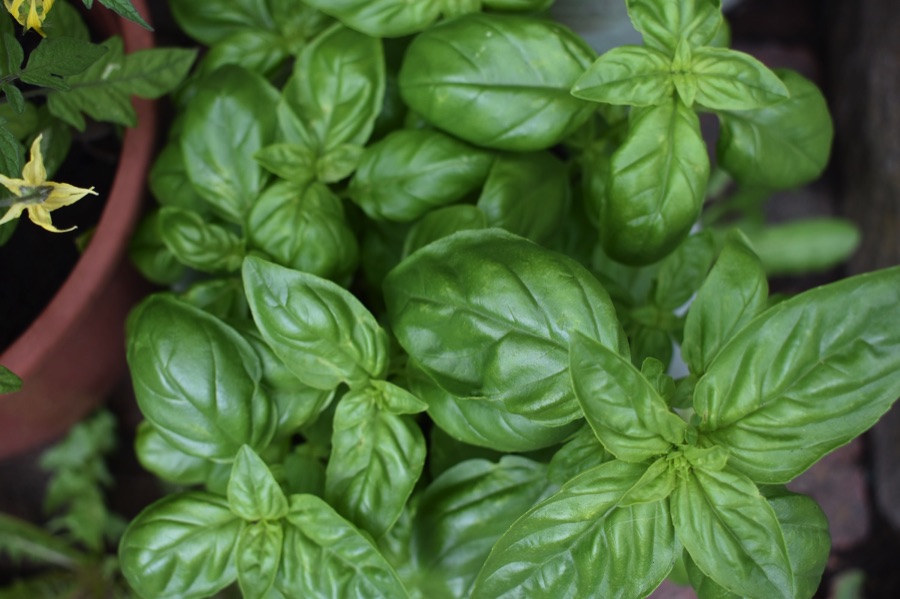
Add a handful of fresh basil leaves to pasta sauces, or use to top a fresh tomato and mozzarella salad. Basil can be combined with pine nuts, garlic, olive oil and Parmesan in a food processor to make pesto – delicious stirred through hot pasta.
Bring basil plants indoors before it gets too cold in autumn – if placed on a sunny windowsill, you should be able to enjoy fresh leaves all year round.
Rosemary
Rosemary is often used to flavour roast lamb – try adding a few sprigs to your Sunday joint. Potatoes, too, taste delicious when roasted in olive oil with some fresh rosemary, garlic and a splash of lemon juice. Or use in a bouquet garni to add extra flavour to soups, stews and casseroles.
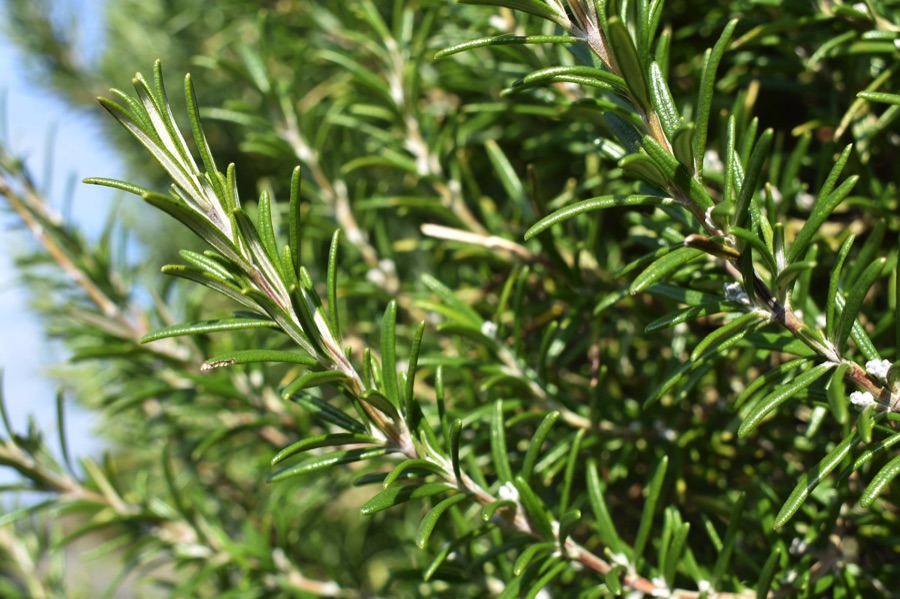
Rosemary is a really easy plant to grow in a pot or garden border. It's an evergreen shrub, so looks great all year round – and in early summer it produces delicate purple flowers which are popular with bees and butterflies.
Sage
There are lots of different varieties of sage available, with leaf colour ranging from purple to gold to lime green, so it makes an attractive addition to the herb garden or flower border. Combined with onions, it's a vital ingredient in a classic stuffing recipe. It's also delicious added to cheese scones or pasta dishes. Sage has a very strong flavour – so use sparingly!
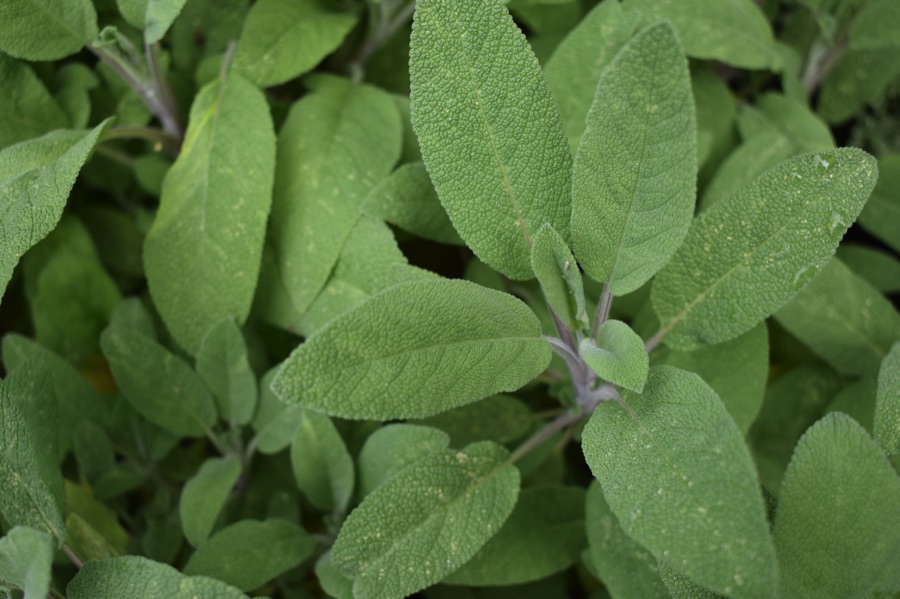
Chamomile
With its delicate, daisy-like flowers, chamomile is a native British plant that's now rarely found growing in the wild. It's classified as a vulnerable plant, due to the grassland habitats where it grows being under threat.
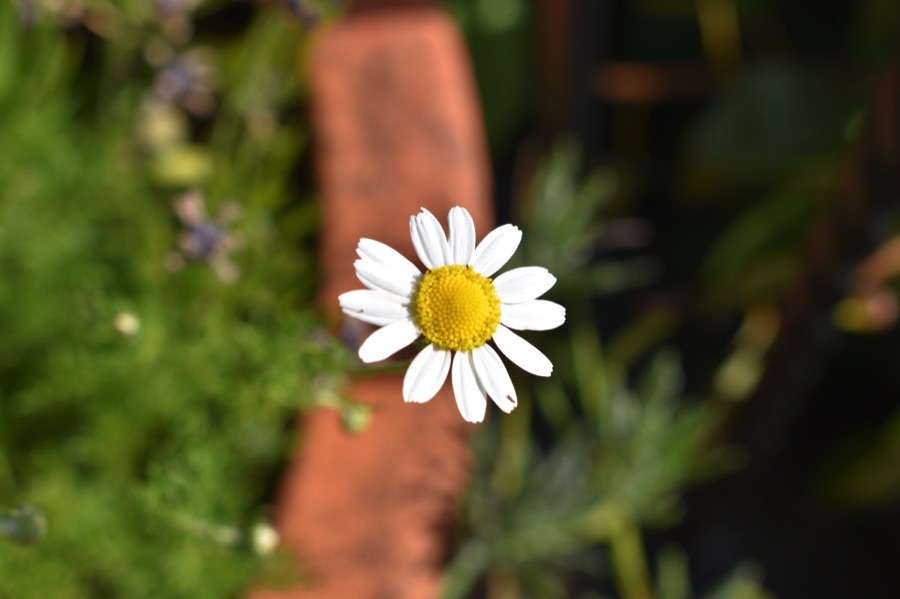
Chamomile plants flower from June to August, and the white and yellow blooms are attractive to butterflies and hoverflies. The flowers can be dried and used to make a calming herbal tea that can aid sleep and improve digestion. You can also use chamomile tea as a hair treatment to soothe the scalp.
Lavender
With its lilac flowers and beautiful aroma, lavender is a popular garden plant. The scent of lavender is said to relax and promote a good night's sleep – but you can also eat the flowers. Use them fresh or dried to flavour cakes, scones or shortbread.
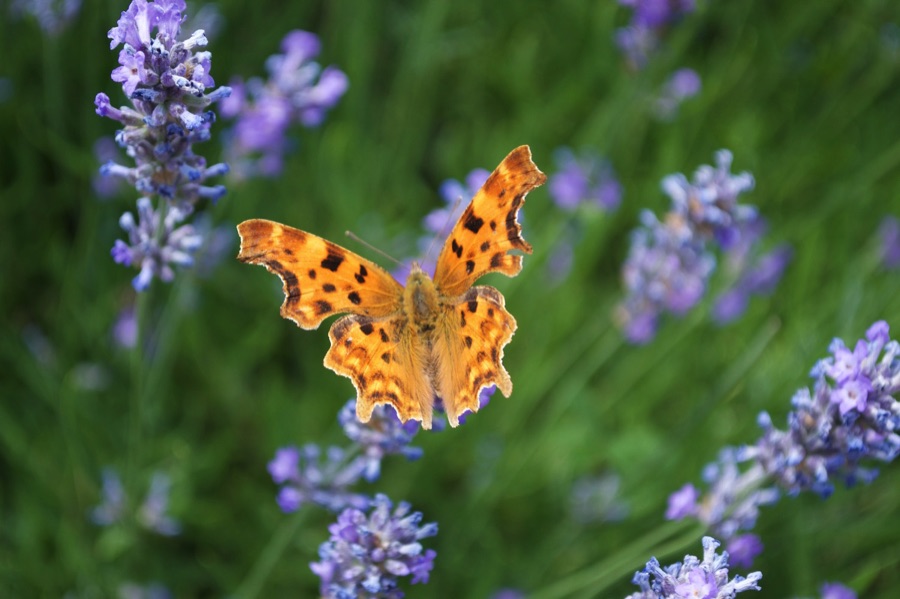
Lavender is brilliant for bumblebees and butterflies. It's drought tolerant, and thrives in a sunny, sheltered position in well-drained soil. If you have space, a lavender hedge will provide masses of nectar-rich blooms for insects, and looks lovely lining a path or flower border.
Oregano
Oregano is an essential ingredient in many Italian dishes – add to pizza, pasta, stews and roast meats. It goes particularly well with tomatoes.
It's a compact, easy-to-grow, hardy perennial that works well in the front of a flower border or in patio pots. Like other Mediterranean herbs, it prefers a sunny aspect, and it should survive all but the coldest winters if kept in a sheltered spot.
Oregano produces white or pink, nectar-rich flowers in summer – and is a magnet for bumblebees and butterflies.
Mint
Mint has many uses in the kitchen, from classic mint sauce served with a roast dinner, to a refreshing addition to cold summer drinks. You can make a soothing mint tea by infusing a few leaves in boiling water, or add mint to a cucumber and tomato salad. It also complements peas, broad beans and new potatoes.
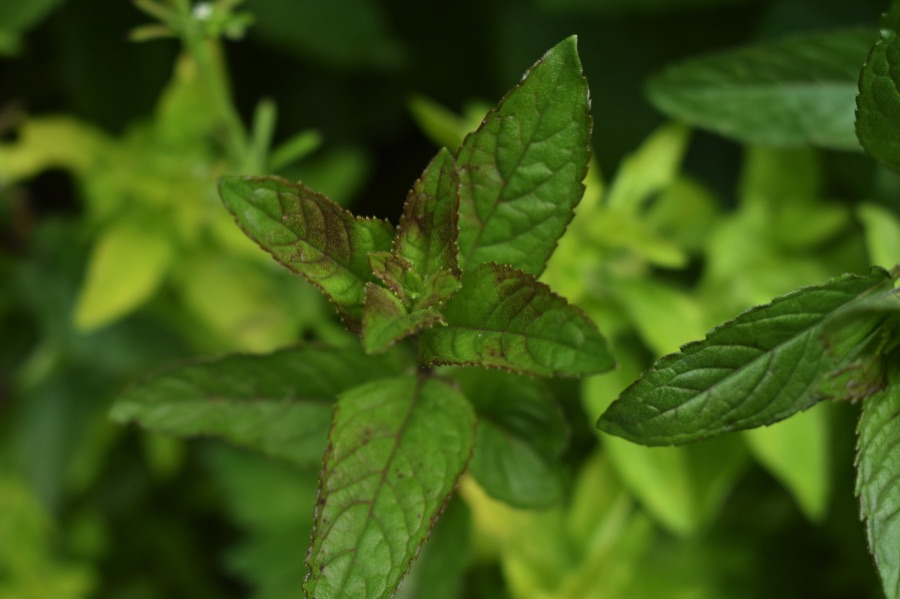
Mint plants thrive in pots if kept well watered. They do tend to spread, and can quickly take over a flower border if planted directly into the ground – so keep mint in a pot with the bottom cut out if you want to plant it outside.
Mint produces pale purple flowers that attract bees, butterflies, hoverflies and other pollinators.
Chives
The leaves of chives have a mild oniony flavour and are very useful in the kitchen. Use to add flavour to omelettes, boiled new potatoes or egg mayonnaise sandwiches. Add to sour cream or mayonnaise for a delicious filling for jacket potatoes. Or chop into salads.
The attractive purple flowers can also be eaten – try sprinkling them over a salad. But leave some flowers for the insects to enjoy – bumblebees love them!
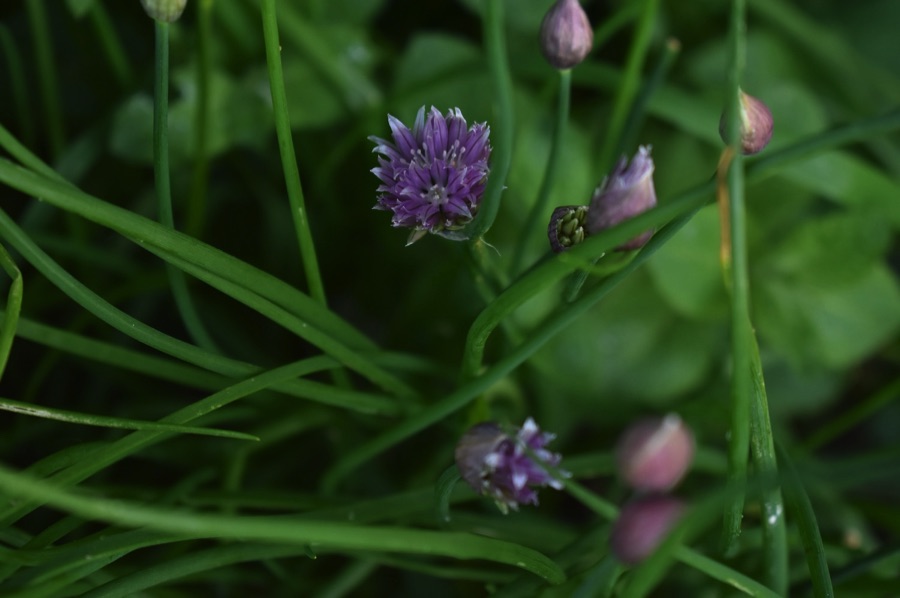
Little Green Space July 2025
Little Green Space is a non-profit project sharing solutions to the nature and climate crises, and offering inspiration for a greener lifestyle. If you like our content, please help keep us going with a small donation!
Ads/Affiliate links

